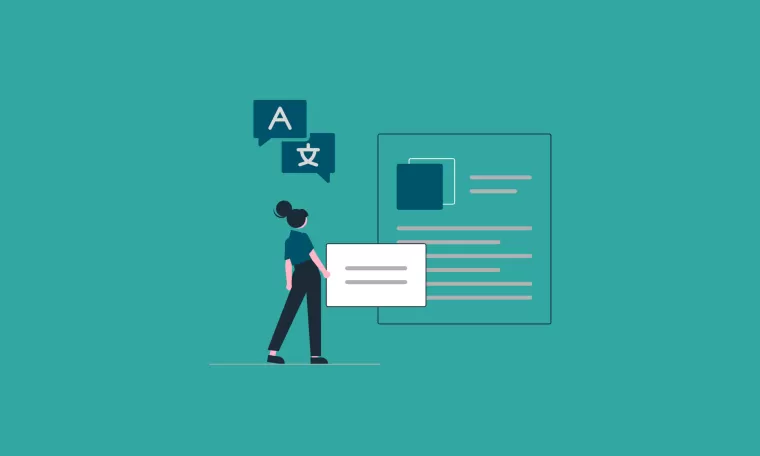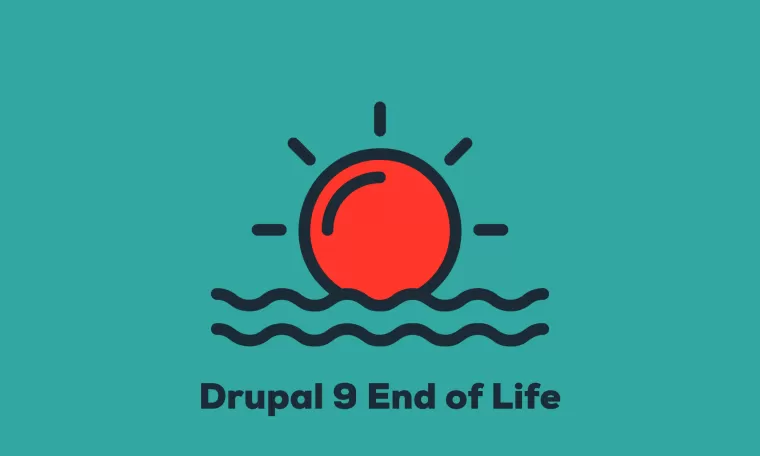Traditionally, content is produced, managed, and stored in a CMS that’s directly connected to just one website. But today’s digital experiences demand a more flexible CMS that can publish to many channels at once. Headless CMS technology is creating a buzz in the market, with the industry expected to reach $1.6 billion by 2027 from $322 million in 2020.
Think of a headless CMS like a backstage magician, working behind the scenes to help create personalized content for every device in your audience's hands. It's not disconnected from your marketing tech stack. Still, it is a robust content repository that can publish and personalize content across any tool you use to build omnichannel customer journeys. Plus, your development team can wave their wands and tinker with your front-end website without disrupting the magic of your content creators working in the background.
If you're not familiar with headless CMS, it's worth learning how it can help you provide personalized, omnichannel customer experiences. In this article, we'll explore the core capabilities of a headless CMS, its benefits, and its disadvantages.
What is a Headless CMS?
A headless CMS is a content management system that uses API endpoints to deliver content to multiple channels and devices. The front-end that renders content is decoupled from the back-end where content is created, managed, and stored. A headless CMS acts as a powerful back-end content repository that can publish and personalize content across any tool you use to build omnichannel customer journeys.
How Does a Headless CMS Work?
Traditional CMS systems have been around for over two decades, but as content consumption has evolved over the years, developers have sought a way to use the back-end of one CMS while rendering content for various channels using different front-end tools. This led to the emergence of headless content management systems.

In a headless CMS, the front-end that renders content is decoupled from the back-end where content is stored and managed. The back-end organizes and manages the content and exposes it to any front-end system or technology developers choose to present it on a specific channel. This gives developers greater flexibility to innovate and use the most effective tools to deliver optimal user experiences.
Headless vs. Traditional CMS
A Traditional CMS platform allows content teams to create, manage, and publish content from the back-end to a unified front-end typically made up of pre-structured web-page templates. While traditional CMS solutions are generally user-friendly and offer low-code tools to control website appearance, they can create complexity when publishing content across multiple websites, product feeds, and marketing channels. In addition, without API access to content, it can be difficult to consume it across many channels.
A headless CMS effectively decouples your front and back-ends, allowing content to be created, managed, and stored in the back end and then displayed in other systems. Headless CMS solutions are API-first, which increases flexibility and reusability. This approach allows you to innovate the end user’s experience across multiple touchpoints. Plus, with the presentation separated from the back end, you can invest in new channels, integrations, or personalization strategies without disrupting content creators' workflow.
Imagine you have a website that sells products. With a traditional CMS, the frontend (the website visitors see) and the backend (where you manage the website's content) are tightly coupled together. So, when you want to update the website's design, you have to update the CMS as well. In other words, the CMS controls both the content and the presentation.
On the other hand, a headless CMS separates the content from the presentation layer, allowing you to use different technologies for each. For example, you could use a headless CMS to store product information and then use a separate frontend technology like React to display the product catalog on your website. This means you can update the design of your website without touching the CMS or your content.
So, the main difference between traditional and headless CMS is that traditional CMS controls both content and presentation, while headless CMS separates them. This makes headless CMS more flexible and adaptable to different technologies, but it also requires more technical expertise to set up and manage.
Pros and Cons of Headless CMS
Using a headless CMS can bring several benefits to your business, such as streamlining future changes, maintaining a single content repository, and allowing more freedom for designers and developers to create exceptional user experiences. The flexibility of headless architecture also enables you to publish content across multiple platforms, including
- Mobile phones, tablets, and smartwatches
- IoT devices and apps
- Personal assistants like Alexa, Siri, and Cortana that have conversational user interfaces (UIs)
- Native applications for specific devices
- Augmented and virtual reality platforms
- CRM systems and chat platforms
However, it's important to note that this type of CMS can require more technical expertise, have a steeper learning curve, and can add complexity to content authoring.

Examples of Headless CMS Platforms
As the popularity of headless CMS technology grows, a variety of platforms have emerged to meet the demand. Drupal is one of the most well-known, with a reputation for being a powerful and mature CMS system used by businesses in various industries.
In addition to Drupal, there are other platforms that provide headless CMS solutions. Contentful, Storyblok, Sanity.io, and Contentstack are some of the popular options in the market. These platforms offer features such as multichannel experiences, low-code tools, API access to content, and full control over the front-end presentation layer.
Whether you choose Drupal or another headless CMS platform, make sure to consider your organization's needs and requirements before making a decision.
Key Takeaways
A headless CMS can offer many benefits for companies looking to provide personalized, omnichannel customer experiences. By separating the front-end from the back-end, headless CMSs provide developers with greater flexibility to innovate and use the most effective tools for delivering optimal user experiences. However, they can also be more complex and less user-friendly than traditional CMSs, requiring more development and integration work.
If you're considering using a headless CMS, it's important to weigh the benefits and disadvantages to determine if it's the right solution for your business. Some key takeaways to consider include:
- A headless CMS allows you to maintain a single content repository that can be published to multiple channels and devices.
- Using a headless CMS can provide greater flexibility for designers and developers.
- However, a headless CMS can be more complex and less user-friendly than traditional CMSs.
Feel free to get in touch with us if you need assistance choosing the right Headless CMS for your website based on your specific business needs.


